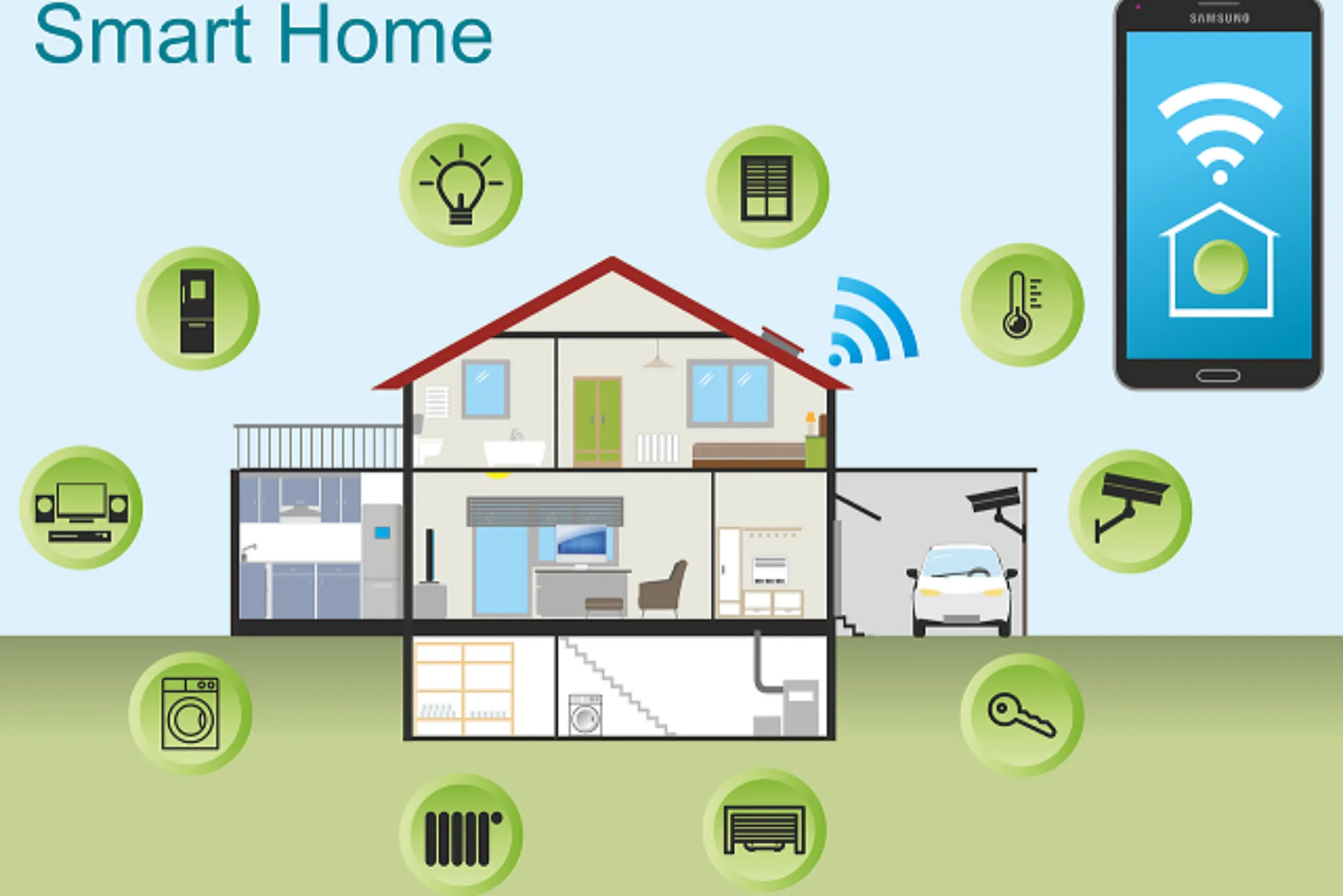In the realm of modern living, smart home technology has emerged as a revolutionary force, transforming traditional households into interconnected hubs of efficiency, convenience, and security. From adjusting the thermostat with a voice command to remotely monitoring home security cameras via smartphone, the capabilities of smart home systems seem almost limitless. But beneath the surface of this seamless automation lies a complex network of devices, sensors, and technologies working in harmony to create the ultimate connected living experience.
Understanding Smart Home Technology
At its core, smart home technology encompasses a wide array of interconnected devices and systems designed to automate and control various aspects of home life. From lighting and climate control to security and entertainment, smart home systems offer users unprecedented levels of customization and convenience. But how exactly does it all work?
Components of Smart Home Systems
To understand the inner workings of smart home technology, it’s essential to first familiarize ourselves with the key components that make it all possible.
Sensors
Sensors serve as the eyes and ears of the smart home system, detecting changes in the environment or user behavior and relaying this information to the central hub. These sensors come in various forms, including motion detectors, temperature sensors, and light sensors, among others.
Central Hub
The central hub acts as the brain of the smart home system, processing data from sensors and issuing commands to connected devices. This hub is typically a central control unit or smart speaker equipped with the necessary processing power and connectivity options to manage the various components of the smart home ecosystem.
Connectivity
Connectivity is the glue that holds the smart home ecosystem together, allowing devices to communicate with each other and the central hub seamlessly. Wireless technologies such as Wi-Fi, Bluetooth, Zigbee, and Z-Wave are commonly used to enable this communication, enabling devices to exchange data and commands over short or long distances.
Control Interfaces
Users interact with their smart home systems through a variety of control interfaces, ranging from smartphone apps and voice assistants to dedicated control panels and remotes. These interfaces provide users with the ability to monitor and control their smart home devices remotely, whether they’re at home or away.
Automation
Automation lies at the heart of smart home technology, enabling devices to perform predefined actions based on triggers or schedules. For example, a smart thermostat might automatically adjust the temperature based on the time of day or occupancy status, while smart lighting systems can be programmed to turn on or off at specific times or in response to motion or ambient light levels.
Examples of Smart Home Devices
Smart home technology encompasses a wide range of devices and systems designed to enhance various aspects of home life. Here are some common examples:
Smart Thermostats
Smart thermostats offer precise control over home heating and cooling systems, allowing users to adjust the temperature remotely via smartphone app or voice command. These devices often feature advanced scheduling and learning algorithms to optimize energy efficiency and comfort.
Smart Lighting
Smart lighting systems enable users to control their home lighting remotely, adjusting brightness, color, and ambiance to suit their preferences. Whether it’s dimming the lights for movie night or setting the perfect mood for a dinner party, smart lighting puts the power of customization in the hands of the user.
Smart Security Cameras
Smart security cameras provide users with real-time video monitoring of their homes, allowing them to keep an eye on things while they’re away. These cameras often feature motion detection, night vision, and two-way audio capabilities, providing peace of mind and deterring potential intruders.
Smart Locks
Smart locks offer enhanced security and convenience by allowing users to lock and unlock their doors remotely using a smartphone app or voice command. These locks can also be programmed to grant access to specific individuals or create temporary access codes for guests or service providers.
Role of Molecular Corrosion Technologies
While the focus of smart home technology often revolves around connectivity and automation, the role of underlying technologies such as molecular corrosion technologies should not be overlooked.
Corrosion Protection
Molecular corrosion technologies play a vital role in protecting the electronic components of smart home devices from environmental factors such as moisture, humidity, and oxidation. By applying advanced coatings and materials at the molecular level, these technologies help to prevent corrosion and extend the lifespan of sensitive electronics.
Enhanced Durability
Smart home devices equipped with molecular corrosion technologies exhibit increased durability and resistance to wear and tear, ensuring reliable performance over an extended period. This enhanced durability is particularly important for devices installed in outdoor or high-moisture environments, where exposure to the elements can accelerate corrosion and degrade performance.
Performance Optimization
By preventing corrosion-related malfunctions, molecular corrosion technologies help to optimize the performance of smart home devices, ensuring smooth operation and reliable functionality. Whether it’s a smart thermostat, security camera, or lighting control system, maintaining peak performance is essential for delivering the seamless user experience that consumers expect from smart home technology.
Future Trends in Smart Home Technology
As technology continues to evolve at a rapid pace, so too does the landscape of smart home technology. Here are some emerging trends shaping the future of connected living:
Integration with IoT
Smart home systems are increasingly being integrated with the Internet of Things (IoT), enabling seamless connectivity and interoperability between devices and services. This integration allows for greater automation and intelligence, as smart home devices can communicate with other IoT-enabled devices and services to coordinate actions and exchange data.
Artificial Intelligence
Artificial intelligence (AI) is playing an increasingly prominent role in smart home technology, enabling devices to learn from user behavior, adapt to changing conditions, and anticipate user needs. AI-powered smart home systems can analyze data from sensors and other sources to optimize energy efficiency, enhance security, and provide personalized experiences tailored to individual preferences.
Energy Efficiency
Efforts to improve energy efficiency are driving the development of smart home solutions that optimize energy consumption and reduce environmental impact. From smart thermostats that adjust heating and cooling based on occupancy patterns to energy monitoring systems that track electricity usage in real-time, smart home technology is helping consumers reduce their carbon footprint and lower utility bills.
Smart home technology represents a transformative shift in the way we interact with our living spaces, offering unparalleled convenience, comfort, and security. By understanding the inner workings of smart home systems and the role of technologies such as molecular corrosion technologies, consumers can make informed decisions when selecting and deploying smart home devices. As the industry continues to evolve and innovate, embracing emerging trends and technologies will be key to unlocking the full potential of connected living in the years to come.










